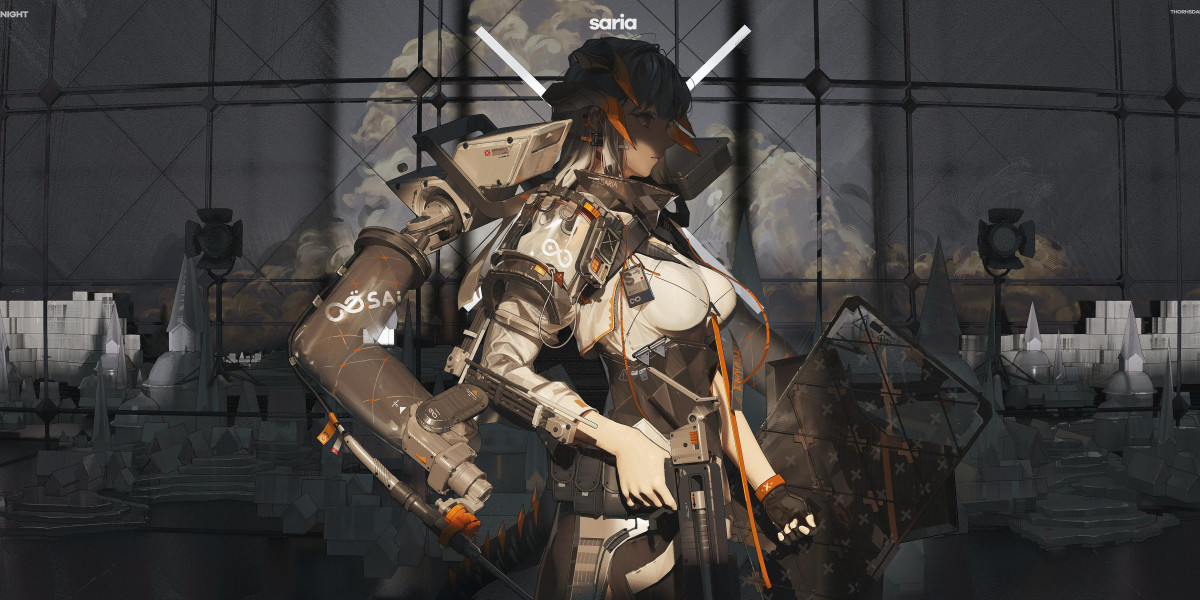Unlock the Secrets: Why Your 3D Printer Nozzle is Clogging and How to Fix It!
In the realm of modern technology, 3D printing has emerged as a revolutionary method for creating intricate designs and prototypes with remarkable precision. However, one of the most common and frustrating issues encountered by enthusiasts and professionals alike is 3D printer nozzle clogging. This seemingly minor problem can lead to significant setbacks, adversely affecting print quality and causing unnecessary frustration. It's crucial to understand the causes, symptoms, and effective solutions for nozzle clogging to ensure a smooth and productive printing experience. In this article, we will delve into the intricacies of nozzle clogging, empowering you to troubleshoot and maintain your 3D printer with confidence.
Understanding 3D Printer Nozzle Clogging
Nozzle clogging occurs when the material intended for extrusion becomes obstructed within the nozzle, preventing the smooth flow of filament. This obstruction can disrupt the printing process, leading to inconsistent layers or complete print failures. The nozzle serves as a critical component, responsible for melting and depositing the filament onto the build platform. As the 3D printer operates, the filament is heated to a specific temperature, causing it to liquefy before being extruded through the nozzle. When this process is hindered by clogging, it can result in a variety of issues, such as poor adhesion and uneven surfaces. Understanding how this process works is essential for diagnosing and addressing clogs effectively.
Causes of Nozzle Clogging
There are several factors that can contribute to the aggravating issue of nozzle clogging. Being aware of these causes can help you take proactive measures to mitigate the risk:
- Poor filament quality: Using low-quality filament can lead to impurities and inconsistencies that cause clogs. Ideally, filament should be manufactured to precise specifications, ensuring a smooth extrusion process.
- Incorrect temperature settings: Each filament type has a designated temperature range for optimal extrusion. Setting the temperature too low can result in incomplete melting, while overly high temperatures may cause the filament to degrade, both leading to clogs.
- Improper storage of filament: Filament is sensitive to moisture and environmental factors. Storing it incorrectly can cause it to absorb moisture, leading to bubbling and clogs during printing.
- Dust and debris accumulation: As the printer operates, dust and debris can accumulate around the nozzle and in the feed path, obstructing the flow of filament and causing clogs.
- Inconsistent filament diameter: Filament that varies in diameter can lead to uneven extrusion, making it more likely for clogs to occur, especially if the diameter exceeds the nozzle's specifications.
By identifying these causes, you can take steps to ensure your printing setup is optimized and reduce the likelihood of encountering clogs.
Symptoms of a Clogged Nozzle
Recognizing the symptoms of a clogged nozzle is crucial for addressing the issue before it escalates into a larger problem. Here are some common signs that indicate your nozzle may be clogged:
- Inconsistent extrusion: If your prints exhibit uneven lines or gaps, it may be a sign that the filament isn't flowing correctly due to a clog.
- Under-extrusion or over-extrusion: A clogged nozzle may lead to either too little filament being extruded or too much, affecting the overall quality of your print.
- Unusual sounds from the printer: If you hear clicking or grinding noises, it could indicate that the extruder motor is struggling to push the filament through a blocked nozzle.
- Failed prints: If prints frequently fail or stop mid-process, a clogged nozzle could be the culprit, hindering the flow of material and disrupting the print.
Being vigilant about these symptoms can save you time and material, allowing you to address clogs promptly and keep your prints on track.
Solutions to Fix Clogged Nozzles
When faced with a clogged nozzle, various solutions can help restore functionality and prevent future issues. Here are some effective methods to address clogs:
- Cleaning the nozzle: One of the simplest methods is to use a needle or dedicated cleaning filament to gently clear the obstruction from the nozzle. This method can be particularly effective for minor clogs.
- Heat soaking the nozzle: Sometimes, applying heat to the nozzle for an extended period can help melt and dislodge the material causing the clog. This can be done by increasing the temperature and allowing the nozzle to sit at that temperature for a few minutes.
- Replacing the nozzle: If cleaning does not resolve the issue, it may be necessary to replace the nozzle entirely. This is particularly true if the nozzle is damaged or excessively worn.
- Preventive measures: To avoid future clogs, ensure you're using high-quality filament and store it properly. Regularly clean your printer and nozzle, and maintain proper temperature settings according to the filament type.
Implementing these solutions can greatly improve your 3D printing experience and minimize the frustration associated with nozzle clogs.
Enhancing Your 3D Printing Experience
In summary, understanding the causes, symptoms, and solutions for 3D printer nozzle clogging is essential for any user looking to maintain optimal print quality. By recognizing the factors that contribute to clogs, being aware of the signs to look for, and implementing effective solutions, you can significantly enhance your 3D printing experience. Remember, regular maintenance and proactive practices are key to ensuring your 3D printer operates smoothly, allowing you to unleash your creativity without the hindrance of clogs. Happy printing!








